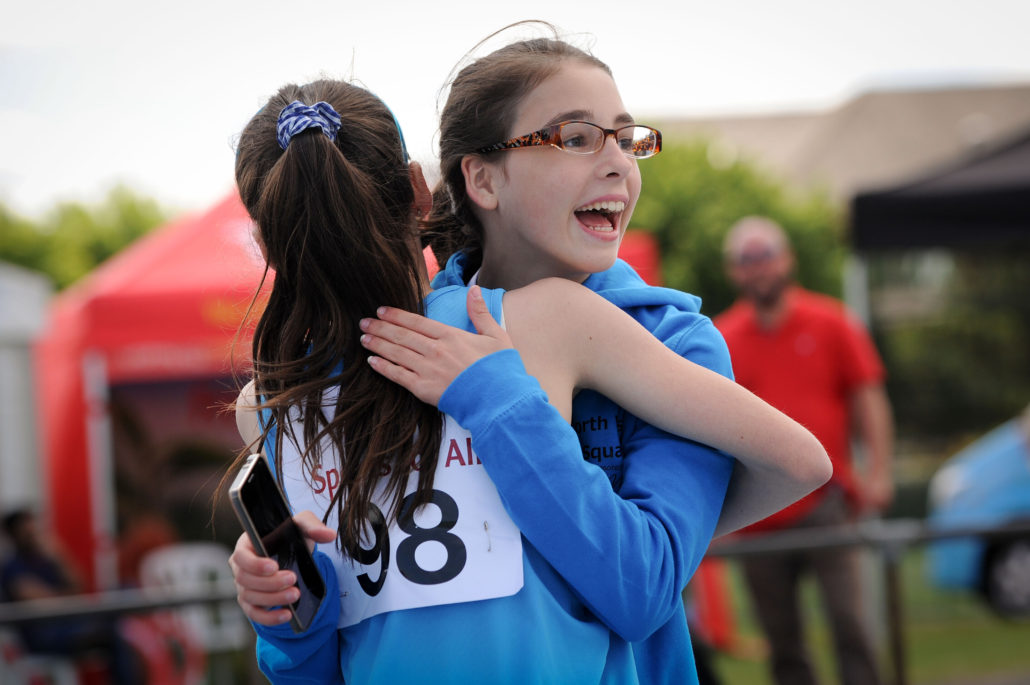Activity Alliance today (6 September) releases a new three-year strategy – Achieving Inclusion Together.
Determined to change the reality of disability, inclusion and sport, the charity looks to a future where disabled people are just as likely as non-disabled people to be active.
Leaders from Government, sport, leisure and third sector joined the call for action when the strategy was unveiled at Activity Alliance’s 20th Anniversary celebration last night.
Disabled people count for one in five of our population, but are currently the least active group in society and twice as likely as non-disabled people to be inactive.
Participation rates have remained stubbornly resistant to growth for many years, despite Activity Alliance’s research showing that seven in ten disabled people want to be more active.
The new 2018-2021 strategy, Achieving Inclusion Together, drives Activity Alliance’s vision that disabled people are active for life.
It builds upon the success as the English Federation of Disability Sport (EFDS) and sets the goals under the new operating name, Activity Alliance.
Based on clear outcomes by March 2021, the strategy outlines the desire to see the number of active disabled people on a sustainable upward trajectory.
The three strategic outcomes will have an impact at different levels:
- Individual: Enhanced health and well-being for all disabled people (physical, mental, social, emotional and economic well-being).
- Societal: A more equal society in which disabled people can achieve more through increased opportunities and choice.
- Organisational: A system where organisations have fully embedded approaches to inclusion into their mainstream work so they can effectively support individual disabled people.
September 2018 marks 20 years since the national charity formed. To celebrate this important milestone, partners and stakeholders joined Activity Alliance at a special evening reception in London, on Wednesday 5 September.
During the evening, Activity Alliance’s Chief Executive, Barry Horne called for actions not words. He urged leaders to use the robust insight and support available to deliver promises and make active lives possible for disabled people.
About the strategy, Horne said:
“Our ambition is to create a step change in the number of disabled people participating in sport and active recreation.
“Although some may see it as a challenge to engage so many inactive people, partners need to embrace the opportunity to make a real difference.
“We are confident we have the right framework to support a major upturn in disabled people’s activity rates, but we cannot do it alone.”
Activity Alliance 2018 – 2021 strategy, Achieving Inclusion Together, is available to read on the website (www.activityalliance.org.uk/strategy).
Find more information on Activity Alliance on www.activityalliance.org.uk





